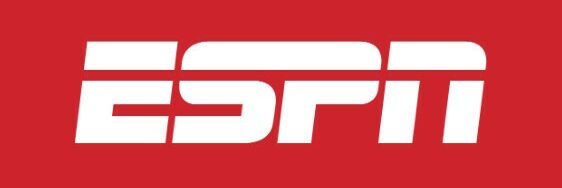WR trade’s true cost to Bears became clear in NFL draft….
Everything has a price. Sometimes the cost isn’t clear until long after completing the transaction.

Such is the case of one of Bears general manager Ryan Poles’ most significant moves of his young tenure — the Chase Claypool trade.
I was in favor of the move when the Bears acquired the 24-year-old wide receiver from the Pittsburgh Steelers at the NFL trade deadline. Claypool is a big-body receiver who should, in theory, give quarterback Justin Fields a contested-catch receiver he desperately needed.
The implicit cost to acquire Claypool was the Bears’ 2023 second-round pick. It was a hefty price to pay for a receiver the Steelers were trying to jettison, but it was also a sign that Poles was starting to believe in FIelds and wanted to give him more support.
But the decision to send their own second-round pick, and not the one acquired from the Baltimore Ravens in the Roquan Smith trade, came not only with an implicit cost but also an opportunity cost.
That cost reared its head last week in the 2023 NFL Draft.
With the Bears ending the season on a 10-game losing streak to finish with the NFL’s worst record, the Claypool pick ended up being the No. 32 overall pick in the draft. There were only 31 picks in the first round, with the Miami Dolphins losing their first-round pick for violating the league’s anti-tampering policy.
When Poles made the trade for Claypool, he couldn’t have known the Bears would finish with the worst record in the league. But there was no doubt the Bears’ second-round pick would be higher than the Ravens’.
The Bears not owning that No. 32 overall pick cost them in two ways in the 2023 NFL Draft.
The first opportunity cost showed itself at the start of Day 2.
The Bears selected Tennessee right tackle Darnell Wright in the first round at No. 10 overall. Poles needed to turn his attention to fixing the Bears’ putrid pass rush in the second and third rounds.
The day started with several talented edge rushers still on the board, including Keion White, Isaiah Foskey, and Derick Hall.
The Bears could have had their pick of the litter at No. 32. Instead, they watched as the edge rusher flew off the board long before going back on the clock with the Ravens’ second-round pick at No. 53 overall. As a result, the Bears could not address their edge-rusher need in the draft. Poles added three defensive tackles, but the second round was his best chance to add an impact pass rusher.
Poles called around to try and move into the top of the second round, but the price was too steep, given the amount of top talent still available.
As a result, the Bears exited the draft without any pass-rush help on the edge.
Poles knew he wouldn’t be able to fix everything this offseason. But given how inept the Bears’ pass rush was last season, getting help on the edge figured to be a priority. It’s a safe bet to say it would have been had the Bears been able to hold onto their second-round pick.
But the implicit cost to acquire Claypool, or at least the inability to work the price down, also saw the Bears miss out on an opportunity that Poles has shown he’s willing to take full advantage of in the draft: Leveraging a pick to acquire more assets.
When Day 2 of the draft started, several consensus first-rounders remained on the board, including quarterback Will Levis, cornerback Joey Porter Jr., safety Brian Branch, and White.
The Steelers reportedly received several calls from teams looking to move up, presumably to take Levis. Pittsburgh couldn’t strike a deal and instead drafted Porter.
Given the infant state of the Bears’ rebuild, Poles would have jumped at the chance to slide back a few spots, pick up additional capital, and still select one of the top edge rushers.
But instead of finding himself in a position of power — as he would at the start of Day 3 — Poles was among the pack of teams trying to climb the ladder back into the realm of Day 1 contributors.
This isn’t a critique of the Claypool trade. It’s just a final look at the real cost of acquiring him.
It’s unfair to judge Claypool based on his production in Chicago last season. NFL trades aren’t plug-and-play. You’re not adding a hard-throwing reliever or a 3-and-D wing off the bench.
It takes time to become proficient in a new offense and develop a real rapport with your quarterback. That’s hard to do in the middle of the season, especially when both he and Fields dealt with injuries.
If Claypool can recapture his 2020 form, the trade will have been worth it. With DJ Moore, Darnell Mooney, and that version of Claypool, the Bears will have one of the top receiving trios in the NFL. It’s a move that was lauded at the time and could still turn out to be a stroke of genius.
But if Claypool doesn’t become who the Bears envisioned when acquiring him, the cost — both implicit and opportunity — will be an early what-if for this rebuild. One the Bears can overcome, but a what-if nonetheless.

Leave a Reply